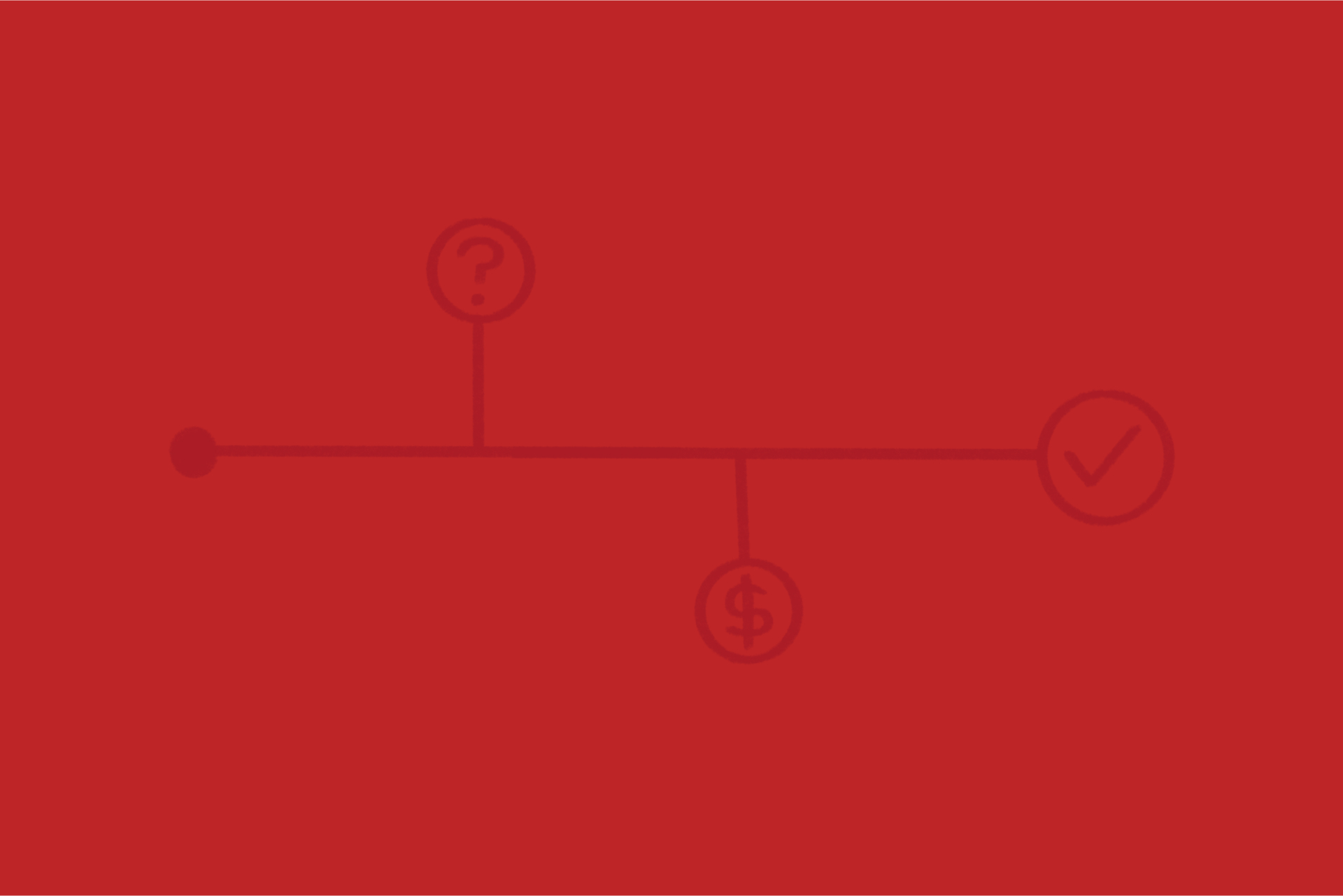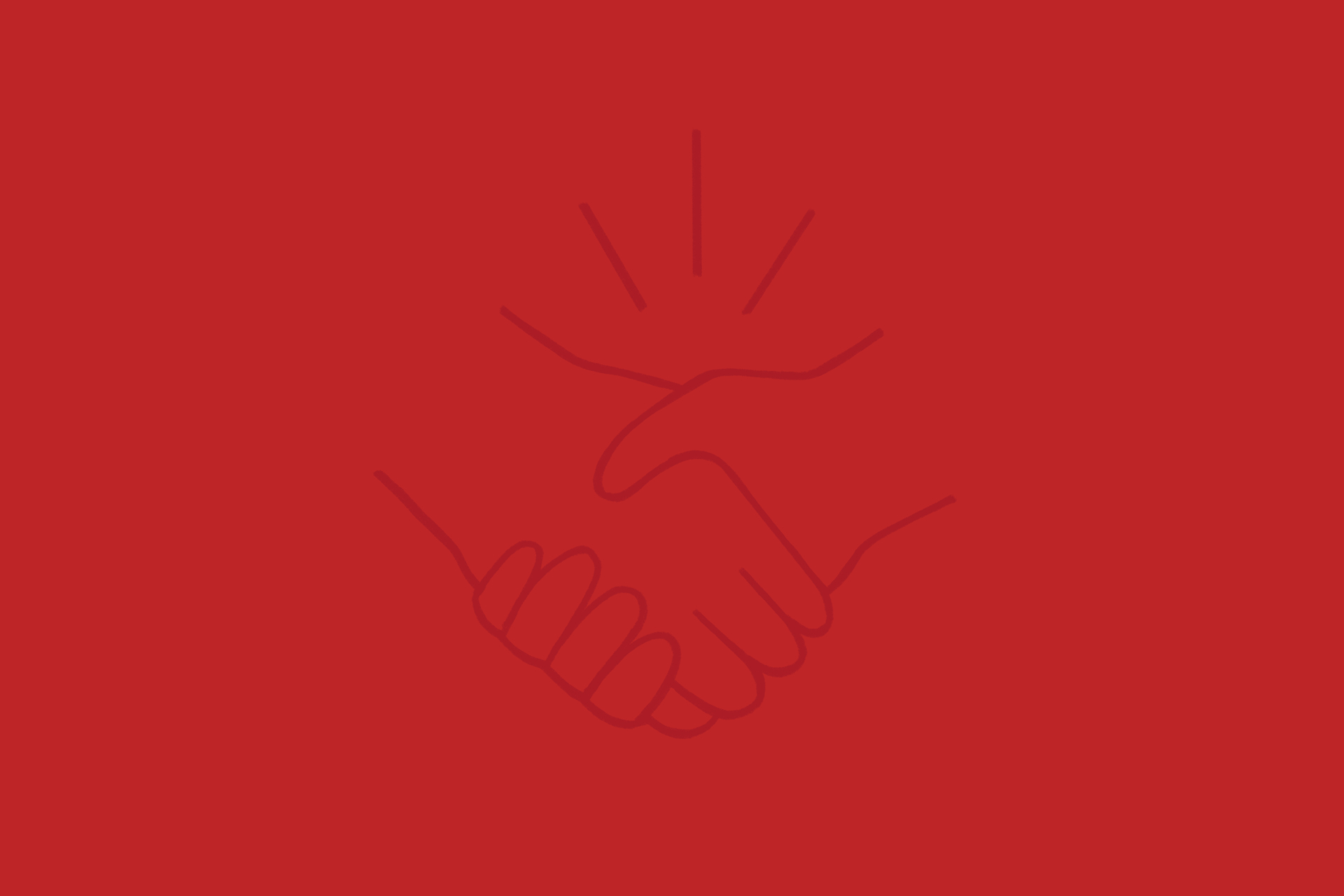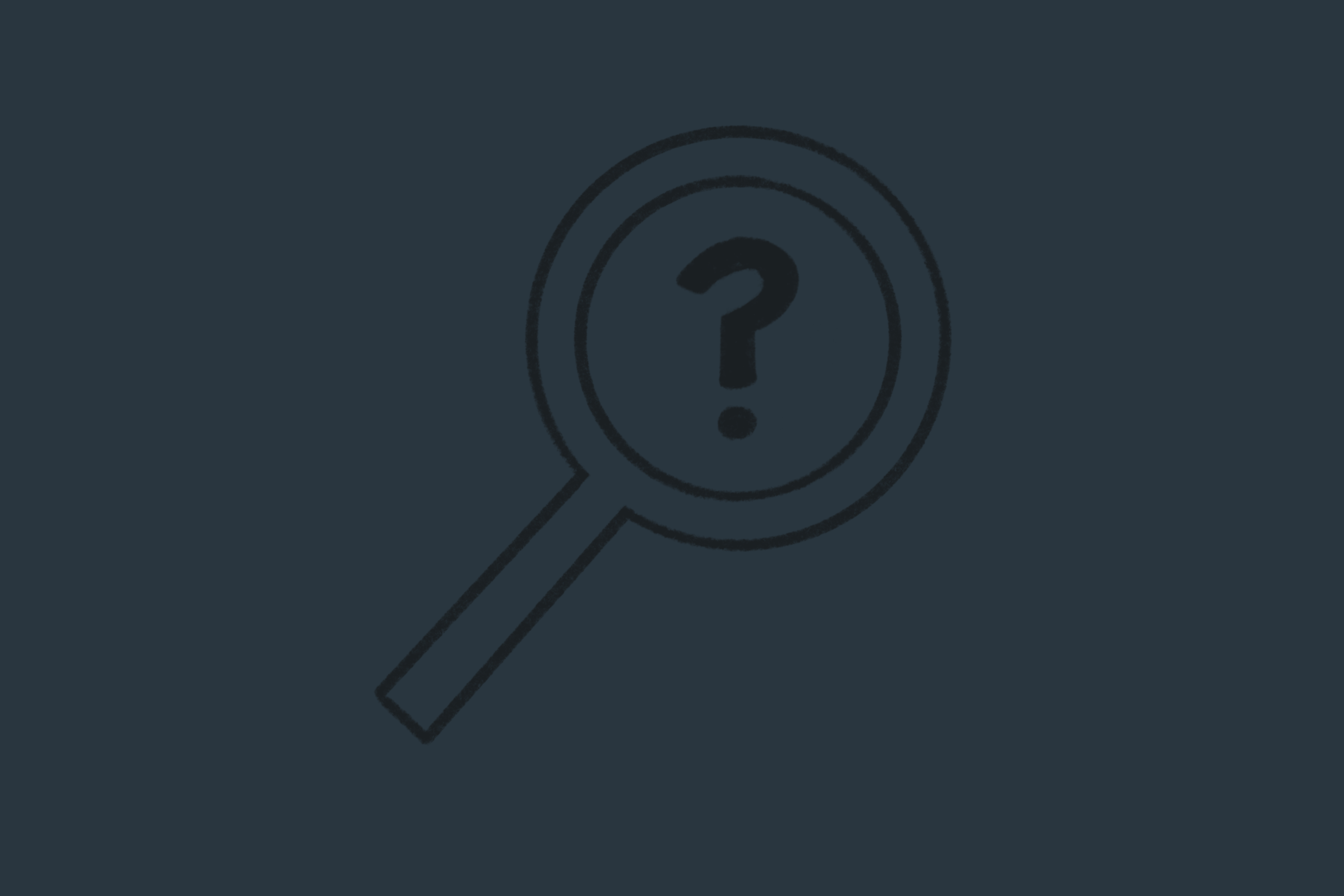Episode Summary
Visual Logic partner Andy Van Fleet is joined by special guest, Timothy Embretson, the Global VP of Experience Design at IKEA Retail (Ingka Group). The duo reminisces on working together years ago, and dive deep into what it takes to scale a design team from 10 people to 300 in a few short years, and what it takes to join that team.
Transcript
Andy: I’m just so excited to welcome my next guest, Timothy Embretson, a dear friend of mine who we’ve worked together in the past and I’ve had the privilege of watching your career just take off. And what you’re doing now is really incredible. , tell us a little bit about yourself and what you’re up to now and where you’re working right now.
Tim Embretson: Thank you Andy and thank you for the invitation. Super excited to have the opportunity to share some, some of the perspectives of the work that I’ve been doing over the last several years as well. I’m currently a VP of Experience Design at Inca Group, which is IKEA’s largest franchisee. So I live and work in Malama Sweden and have been here for about three years and moved here three years ago from the Midwest. I grew up in, lived in the Midwest in Iowa, and then Chicago and Minneapolis for over 10 years.
So it was a big departure and a big shift to move out of the US and work in a global organization as well. What I do day to day, I lead the global experience design team at Ikea and there’s nearly 300 of us across the world.
So we have three offices in Europe, in Mal, Amsterdam, Madrid, as well as an office in Philadelphia and Shanghai. And we are now starting to build up an office in practice in India as well. So we’re adding another global location. I have the extreme pleasure of leading a team of extremely talented people across a variety of design disciplines, ranging from products, product UX design, visual interaction design, service design, strategic design data, content design, content strategy.
We have design and research ops. We have a design system team, of course UX and design researchers and then we’re also building, what we call, inclusive design, equity and accessibility teams as well. I joined the organization three years ago, but we are really two years into our journey of building the team. The first year, I spent really restructuring and defining the organizational structure that we’ve spent the last two years building. So two years ago there were around 10 of us and now there are close to 300 across the world. It has been a really wild, exciting, sometimes frustrating, sometimes very difficult ride to grow and scale an in-house internal design team at that pace, cuz the large majority of those 300 people really joined in the last year and a half. So we have hired at a pace that I’m not quite sure how we did it, but it’s really been a really interesting opportunity where I’ve had to rethink leadership, rethink hiring multiple times, and rethink approaches to how we hire at that scale.
And hiring is just one part of what you have to do. Once you hire, you have to deliver. A decent onboarding experience, but then you also have to ensure that you have the prerequisites and the foundations in the organization to retain those folks. And I’m proud to say that we have very high retention rates in the organization as well, which I’m super grateful for the choices that all 300 of those folks made to join.
I’m even more grateful for the choice they make every single day to continue to stay in the organization.
Andy: That’s incredible to hear it going from 10 to 300, in that short of time is, it just really is mind boggling. And I mean, congratulations, number one for being able to accomplish that, I’m just curious, like how did the strategy come to be where somebody at IKEA says, okay, this is what we need to build and this is why we need to do it. It would be very interesting to know how did that come about?
Tim Embretson: So at Ikea, we’re undergoing the biggest digital transformation in our almost 80 year history with the goal of delivering human-centric technology to the many people. a cornerstone to this transformation and key to achieving human-centric technology is the experienced design team.
So it was recognized early in the digital transformation that we needed a design capability in order to, meet our growth goals and meet our, strategic goals. in the first year, working really closely with our then chief digital officer, taking the design org structure as it was at the And completely changing. That was the first step. So when I joined, we had a model that essentially had 60 or so designers reporting into one manager. It was a internal resource pool, if you will. That can work certainly, but it doesn’t bring design into the organization to drive innovation and business at the fullest potential
possible. So there was early support and early adoption from our then Chief digital officer who we then secured approval from our CEO to build the experience design capability with the full design suite of competences that we have today ranging from across the entire product lifecycle.
So we design experiences and features that will launch tomorrow on ikea.com and in our app, but we also explore, future value propositions through experience design and design research to figure out where IKEA may be in the future and how we can meet many more of the customers around the world. So there was early support for the design organization. And I’ll go out on a limb and say, I’m not entirely sure all of those leaders knew exactly what they were approving, but I’m grateful for the trust that the IKEA leadership placed in me and in the future potential of this organization.
Knowing that there hadn’t been an experienced design capability in-house of this scale, there was an extreme amount of trust given to me and this organization with the expectation that we deliver results on the heavy investment that, that the organization is making, towards design.
Andy: That’s incredible. I want to get into the perspectives that you have about building world-class teams, because that’s really the gist of this podcast is building the incredible teams that you have and the strategies that you have behind that. I’m really curious to see as you’re going from a group of 10 to 300. the hiring strategies that you employ and what you look for in some top talent. I know that your team is not just UX it’s a wide variety of skill sets.
But some of the strategies that you have and like what are some things that you are adamant about that they have to bring to the table?
Tim Embretson: That’s a really great question. One of the top things that I look for is the ability to be proactive. Designers who can identify opportunities, but then also take the steps to make movements on those opportunities regardless of what level you are. Or if you have this is month one of your journey in, into your design career, or you have 25 years, the ability to be proactive at every level is super important.
And it’s very important when you also work in large companies. There are seemingly endless opportunities and sometimes not just designers earlier in their career, but even designers who have had decades, we sometimes want these opportunities to be handed to us. The brief fully filled out, all of the questions answered, the deadline clear.
Timothy Embretson: And that’s just not how many businesses can afford to operate any longer. The pace at which business is moving, the pace at which customer expectations are shifting requires us, as stewards of the business to ensure that we’re finding those opportunities and we’re being super proactive and bringing those to life.
So pro being proactive is one of the top things that I look for. Another thing that I look for is empathy. And this may sound like yeah, of course what you look for is people who can be empathetic but there’s two lenses to this. And the second lens is one that I don’t hear talked a lot about in the design community.
So of course, we have to build empathy with the end user experience, whether that end user is customers or employees. But I look for people who can have empathy for the organization and the people that make up an organization, especially if you’re building a design capability from scratch the organization may not know how to engage with designers.
Their reference for design might be design this and make this look pretty for me.
Andy: Right.
Timothy Embretson: can be very off-putting to a designer. But if you’d rather shift that to have empathy with that individual to say, hmm. This is their current understanding. How can I take this and build upon this and create a future advocate for a more comprehensive approach to design?
So empathy, of course, but the most important thing is to have empathy with the organization and the people that make up that organization to ensure that you’re meeting them where they’re at and not judging them for not understanding design. I find myself in this trap often as well.
And it can be really hard when you’ve spent years advocating and pushing for the value of design. And yet again, you find yourself in a conversation like, well, don’t you just design this screen? Can’t you just make it look pretty? Oh, come on again, do I really have to fight this? But that is our job.
That is our job. Especially if you choose to join organizations that don’t have the highest design maturity. And most organizations don’t have the highest design maturity. So empathy, but empathy for the organization and the people that make up the organization. Those are two of the top skills that I look for when hiring people at any level.
Andy: That’s amazing. So I think maybe diving deeper into a couple of those two items. When do you get the sense that this person is proactive? I mean they’re going through the interview process and are there things that they, that you’re looking for that indicate that they’re proactive?
I assume that there are some things that they’re key indicators that you look for.
And then I’d love to learn more about like, how do you probe at them from an empathetic standpoint? I think it’s, you can kind of get the sense that a person has empathy and that they have a lot of humility, but when you map that to what you shared, which I think is brilliant about having empathy for the organization and meeting people where they’re at, that’s another layer of discovery that you’re looking for.
And so maybe talk through like some of the things that you do there.
Tim Embretson: Determining if someone is proactive. I mean, that’s a very, can be a very difficult skill to suss out
and to figure out if someone’s bringing that to the table. There are a couple of key things that I look at and , when. Someone’s presenting a case study or a project, or if it’s a more senior leader, right? Teams that they’ve built or teams that they’ve led. I start to ask questions around, who asked you to do this? Did someone come to you and say, I need you to do X, or I need you to do Y. So that’s one of the easiest questions that I ask because then if they say, oh yeah, my manager came to me and asked me to do X, Y, or Z, that maybe indicates maybe not so proactive. Or if they say, oh yeah, no one saw this opportunity. I saw how to connect the dots from A to B to Z and I just started doing it. And then eventually, I brought it to my manager. But simply asking, who asked you to do this
is a really simple question that you can start to scratch the surface of, being proactive. So an example, , no one asked me to restructure the organization that I was just hired to lead but it was clear to me that what I was being asked to do, build a best in class design organization, we needed a different structure.
But it can be as simple as, seeing an opportunity within an app and proactively doing some research. A tip that I would provide for people, in an interview process is to start to show how you’re being proactive.
Stating if you’ve come up with a strategy or a movement or an initiative on your own where you’ve identified an opportunity and you’re working with business partners or partners, and then anchoring that and then moving that through an organization.
Andy: That’s a great tip to provide to people that are, designers at any level. and what you just shared really resonates with me. It feels like that space of being proactive is an open space for somebody to grab. Oftentimes it feels like it’s there and if you want to grab that and move it forward, not very often are people upset that you did that.
If somebody told you to go do that, then it’s the antithesis of being proactive. I think about that too as like they actually went obviously into the space where it’s kind of uncomfortable and they don’t know if this is the right thing to do or not.
Tim Embretson: Being proactive inherently requires stepping into bravery and vulnerability as well, because you don’t know, if. The solution that you since can so clearly see needs to happen, will be accepted. Or if people will say, oh no, that’s not what I asked you to do. I asked you to do this.
So, really understanding that though it’s a really brave thing to do, to lean into being proactive is important as well.
Andy: That’s so true. I’ve often thought about doing a podcast on the imposter syndrome I’ve been doing this for 25 years. You’ve been doing it for 15 to 20 years as a designer. Lots of history, lots of lessons learned there. But still, I know for me, stepping into a space where I haven’t worked before or in a different domain I know that I’ve got the confidence to walk into that space and say, I can use my past experiences to help here.
But there’s still this moment of like, but am I qualified to do this? There’s this moment of like, am I the right person? And this imposter syndrome starts to kind of sit on your shoulder and on the other shoulder is like, yes, you have done all of this type of work before. It’s just at a different domain, or it’s a level up, or you’re doing something a little bit different, but using the past experiences that you have it’s gonna lead to successful outcomes.
Bringing it back to your experiences too, and the team that you’re building. Do you talk about that openly with your team? Is in terms of the innovative solutions that are required to, to come up, to move a team forward, and an organization forward is oftentimes really scary in that regard.
Tim Embretson: Yeah. In my team we talk a lot about bravery and vulnerability and it’s important always. It’s even more important when you are working in an organization, going through a transformation and you’re building a capability from scratch and in some cases building parts of a design organization from scratch that nobody asks for, and so therefore nobody knows what to do with, right?
And if you join that team from an organization that was much more mature, where you had a clear roadmap and Your next deliverable was clear and all of a sudden you’re excited to join this new company, maybe a company that you’ve wanted to work for a very long time.
Maybe a company that you’ve respected and loved as a customer. And you step into these spaces and there is no roadmap and there is no one asking you to do A, B, or C. They can throw you off your game.
And so we have a lot of conversations around what that experience is. And the fact that that experience is normal and the fact that that experience can be both incredibly energizing and incredibly frustrating at the same time. And there can be a meeting that you step out of, you’re like, oh, right, I’ve got it figured out.
And the next meeting you’re like, I don’t know what I’m doing here. And that can happen within the time span of, you know, a few minutes. So those are a lot of the conversations that I’ve had at many levels and layers of the team that have joined, because I experienced that myself as well. Right, leading a team and asking people to join into an organization, especially parts of an org of the design organization where people don’t really. What to do with that part of the organization, although I know we need it, and I know the organization will see the need for it soon. It’s a big thing to ask people to join that organization and ask them to extend an incredible amount of trust in this vision that you’ve set forward. So the imposter syndrome is at play all of the time.
Earlier this afternoon, I met with a cohort of folks who joined a few months ago, and my messages were very much around what we’re talking about, sharing my experiences, normalizing some of the experiences that I know that they’re going through, and several of the people in that conversation said, thank you for sharing this. I thought it was just me, or I thought I was just experiencing this and so it can feel very lonely sometimes. And so as a leader of a team, you have to be brave and you have to step into vulnerability to share your experiences, to make sure that others can connect their experience to that, to realize that they’re not alone and there is support.
Andy: That’s amazing. It’s like, okay, I’m not the only one that kind of feels this way from a leadership standpoint. I mean, just having this conversation with you makes that space feel less scary, you know? So, when you’re evaluating portfolios and design talent, what are some of the things that you look for, from those candidates that you’re evaluating.
Tim Embretson: I do require a portfolio and I require a portfolio at any level, and so obviously the requirements are a bit different depending on the level. Within the design team, we’re really looking at craft quality. So how do they understand the various tools and methodologies available, whether it’s research or service design or content design. What is their understanding and their level of craft. I’m also very much looking for a connection to the business opportunity or the business problem, ideally with what metrics that has moved in an organization.
Timothy Embretson: Design and business has to be much more coupled. And I think this is one of the biggest challenges that we face as designers. As more and more companies invest more and more in design organizations, we also have a monumental responsibility to demonstrate that what that investment is bringing back to the organization.
Tim Embretson: So that’s why that’s important for portfolios in the design team as well, really demonstrating an understanding of the business opportunity and how, again, regardless of what space within design they’re in, that they’re connecting that to the business value. And then of course I want to see how they structure presentations and, how they lead and facilitate through that dialogue as well. Talking about design will be a big part of their daily life, especially in early design maturity organizations. You have to be able to talk about design and the rationale can’t be like, well, I thought it looked good. Right, and so those are three of the main elements that I look for.
Andy: So what you just described was great for designers that have had professional career and professional experiences working in a business environment. So for those students that are coming out of university and that really haven’t really had that opportunity, what advice might you have for them to strengthen their portfolios in regards to that?
Tim Embretson: Incredibly important conversation. I can’t emphasize enough the power of design talent who are taking their first steps into a design career, whether that’s outta university or retraining after decades in another role, which we see a lot of as well. This question took me back to my first steps out of university trying to secure those first jobs and not having that experience. So like vivid memories popped into my mind of sitting in those interview rooms. There’s a lot of resources now that exist that I think are super powerful, accelerator programs, several companies are introducing accelerator programs where, folks can join in an organization with specific focus on further rounding out those capabilities.
I would recommend folks who are taking their first step in the design career to try to find those opportunities if they’re in your area. There are resources at our fingertips online as well that have framed up business challenges in a hypothetical way that you could invest a small amount of hours in, and designing a solution for and be upfront about that of course. Anyone hiring, design talent needs to have the understanding that not everyone’s going to come with 1, 2, 3 years of experience, so, don’t shy away from the fact that you’re taking your first steps in a design career and you haven’t had that opportunity yet. But be really clear with your thinking and how you would approach that. Even the most senior designers and senior leaders could have the most impressive business results tied to a design challenge. But if the thinking isn’t there behind that which you can start to scratch at, then you know that’s not successful either.
Andy: Right. Right. I’m just kind of curious your perspective on sample projects and that’s something that we do require at Visual Logic and I think there’s some perspectives on that as to whether that’s fair or not to a candidate.
The sample project that we put out there, we say should take three to four hours, and it’s the category is designing around trust. Some people spend more time than that, and that’s, you know, by their choice. And certainly that’s taking the initiative and being proactive as what you had mentioned earlier. but it is a requirement for us because I’m very sensitive to people’s portfolios that they can’t show what they have most recently worked on. I completely understand that. And so this is providing a space to say, okay, but here’s a sample assignment that you could pick up and show us an example of what your creative outputs are, how that maps back to strategy, and then provide an opportunity to see your presentation skills. Just curious to see your perspectives on sample projects and if you employ that in your process.
Tim Embretson: Hotly debated topic in the field of UX and design, right? , as a matter of policy, no, we do not, require sample projects. but this is a much more nuanced topic than saying yes or no. I have done many sample projects in my career, and there are applicable places for them to be done.
And so I think that saying yes or no, flexibility is key. So for folks who have worked in industries or spaces, work is totally confidential and they wouldn’t be able to share anything. I actually feel more uncomfortable if they do share that work. Like, I respect much more the fact that they say, you know what? I actually don’t have anything to share. So in those situations, then of course we would come up with something that would enable them to meet the requirement of having a portfolio if they aren’t able to share the work. But I don’t want anyone to share confidential work from a competitor or non-com competitor from whatever company they’re applying at. It is vitally important that in the design profession, in any profession, that we respect the confidentiality of those agreements that we’ve made with the company. I think the basic ground rules for if you do, request or require a sample project is that it is, so far removed from the space in which your company operates, that there can’t be any perception that we would then take that work and capitalize on it. In an ideal world, if I were requiring sample projects, I would also compensate folks for that time, whether that’s an hour or four hours as well. The role in which you’re hiring requires some nuance here as well. So if have an ad for junior or entry level or folks who are taking their first step in design, that’s where a sample project would be more applicable and might actually be ultimately better for the candidate as well.
Andy: I do appreciate the way that you, talked about that, and compensating people for their time, that’s really good to be thinking about their time in that way. Switching gears a little bit I just, from person to person, as I’m listening to you talk about the team that you’ve built and the team that you’ve surrounded yourself with, I’m just really proud of the work that you’re doing and it’s hard work that you’re doing. I just want to acknowledge that and I just have a lot of pride in just having that opportunity to work together 15 years ago and just to see where you’ve gone with your career and the things that you’re talking about really blow my mind. It’s difficult to build these big teams and to see them through to success. So I think that’s amazing what you’re doing.
Tim Embretson: Thank you for that. It’s very challenging, rewarding work for sure. I’m super grateful for the time together as well, and super grateful for the foundation that you and your perspectives on design and business provided me as a significant leapfrog launchpad for my career those many years ago. So thank you, Andy. I really appreciate
Andy: Yeah, one of the things that I also, as I’m watching you build your incredible team is I’m always amazed at the number of people that have been introduced to your team, but also just the diverse backgrounds that they come from. And in building a worldwide, , group, like you mentioned with the different offices that you have, , I’m very curious about the importance of these different perspectives and different backgrounds from a diversification standpoint and specifically how does that map to organizational goals and also just to the product goals and things like that. From your perspective, I’d love to dig into your intentionality around building diverse groups.
Timothy Embretson: Diversity and inclusion equal innovation. when you marry that with ikea’s vision, which is to create a better everyday life for the many people, we can’t create that better everyday life for the many people unless our teams reflect the many people.
Tim Embretson: We had a rare and amazing opportunity to build a team of several hundred designers from scratch, and it was. A requirement that we bring folks in from many different perspectives of diversity. We have folks from dozens and dozens of different countries around the world.
We have diversity in terms of age, folks who are taking their first steps in their career to folks who you seasoned people at multiple levels who are 20, 25, 30 years in the industry. Another aspect of diversity, which I think is really important in the UX space especially, because more specialized training or certification programs or university degrees it’s more recent. We have so many different folks from so many different backgrounds. Electrical engineers, architects, lawyers, marketers, myself, a graphic designer, teachers. When hiring designers, whether that’s a university degree or certification or no formal training at all. My perspective is that as long as the candidate can demonstrate experience commensurate with the position that they’re applying for, what they have a degree in, what they don’t have a degree in, what certification they hold, where said degree or certification might come from, has very little bearing. It’s not something that I look at when I receive CVS or portfolios. I purposely don’t look at that section because I wanna see the thinking behind how they’re approaching design and how they’re approaching design within business.
We have just a huge diversity of folks who have stumbled their way into UX or experienced design. And bringing those different perspectives is incredibly important as well. When your company operates in over 30 markets around the world, and we have the very important task of, creating what, arguably the most important space in someone’s life, their home, we need to make sure that the teams that are creating those experiences and delivering those experiences represent the many people.
Andy: I admire that so much because you have been intentional to bring together a group of individuals from a wide diverse backgrounds that I can just imagine the rich dialogues that you have when it comes to solving design problems for your customers because of all of these great lenses and perspectives that they provide to you and to the mission of solving problems in this way, I think that’s great. That’s amazing.
Tim Embretson: Another important part of diversity inclusion is the inclusive design, equity and accessibility team that we’re building within the experience design team. So we’re hiring people with specialized expertise and inclusive design strategy, inclusive design, research, accessibility design. We have a moral and ethical responsibility as a design community to ensure that the experiences that we are creating and delivering for companies reach many more of the many people. And in building this team from scratch, The inclusive design, equity and accessibility team will provide the foundations for the rest of the design team, but the rest of the company as well to ensure that we are upskilling and that we are delivering experiences to meet many more of the many people around the world.
Andy: This has been amazing conversation and I could spend hours talking with you about your experiences and the incredible work that you’re doing at IKEA and building this world class UX team.
And I think it’s amazing and I’m just so appreciative of this time with you and the perspectives that you’ve shared and for being on our Human’s First podcast. And I just wanna say thank you.
Tim Embretson: Thank you so much, Andy. It was a really amazing dialogue. Really grateful to be on the podcast as well and share perspectives and share a little bit of the journey that we’ve been on here at IKEA in building this experienced design team from scratch. It is not an easy endeavor for anyone in any size of an organization to bring design into an organization, an increased design maturity.
So the more that we can share this knowledge as a design community, the better we will all be. So thank you so much for facilitating the dialogue and thank you so much for having me on the podcast.
Andy: Thank you.













